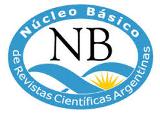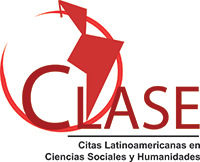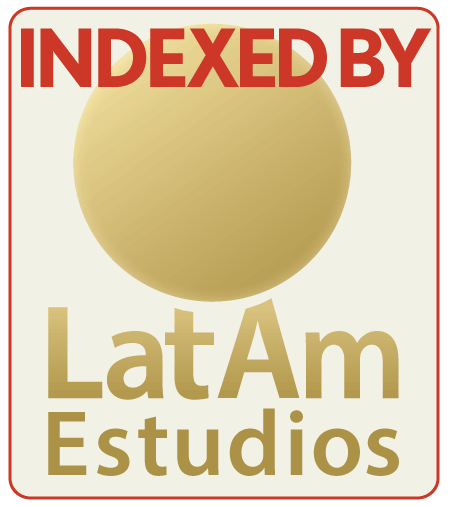Hugo del Carril y su trayectoria como ídolo popular: astro del tango, galán-cantor y director de cine, 1935-1955.
Keywords:
Industrias culturales, ídolos populares, cine, Hugo del Carril.Abstract
El objetivo del trabajo es el análisis de la construcción de Hugo del Carril como ídolo popular, entre fines de los años treinta y la caída del peronismo. La trayectoria de Del Carril desde sus orígenes como cantante de tangos, hasta llegar al cine en el rol de galán-cantor y finalmente como director de películas, será uno de los ejes a tener en cuenta. En este aspecto nos preguntaremos sobre la manera en la que la figura que construye el cine se moldea a partir del éxito que Del Carril había adquirido como cantor de tango, a través de la radio y la industria del disco. En su faceta como director, emerge la preponderancia de una temática asociada a la crítica y denuncia social. El “cantor del pueblo” se convierte, en su nuevo rol, en un defensor de los intereses de los más necesitados. El compromiso político con el peronismo se traduce en la producción de películas realizadas en defensa del mismo “pueblo” que lo llevó previamente a la fama. En 1949 graba con su voz “La marcha peronista” y a partir de allí su participación en actos de gobierno se hace más frecuente. La superposición entre su figura como ídolo popular y su construcción como ícono peronista será objeto de análisis.
Downloads
Downloads
Additional Files
Published
How to Cite
Issue
Section
License
The acceptance of an original by the journal implies the non-exclusive transfer of the economic rights of the authors in favor of the editor, who allows reuse, after editing (postprint), under a Creative Commons Attribution License -NonCommercial-ShareAlike 4.0 International (CC BY-NC-SA 4.0)
In accordance with these terms, the material can be shared (copied and redistributed in any medium or format) and adapted (remixed, transformed and created from the material another work), provided that a) the authorship and original source of its publication (magazine and URL of the work), b) is not used for commercial purposes and c) the same license terms are maintained.
The transfer of non-exclusive rights implies that after its publication (postprint) in Cuadernos de H ideas the authors can publish their work in any language, medium and format; in such cases, it is requested that it be stated that the material was originally published in this journal.
Such assignment also implies the authorization of the authors for the work to be harvested by SEDICI, the institutional repository of the National University of La Plata, and be disseminated in the databases that the editorial team considers appropriate for increase the visibility of the publication and its authors.
Likewise, the journal encourages the authors so that after their publication in Cuadernos de H ideas they deposit their productions in other institutional and thematic repositories, under the principle that offering society scientific and academic production without restrictions contributes to a greater exchange of global knowledge.










.png)

























